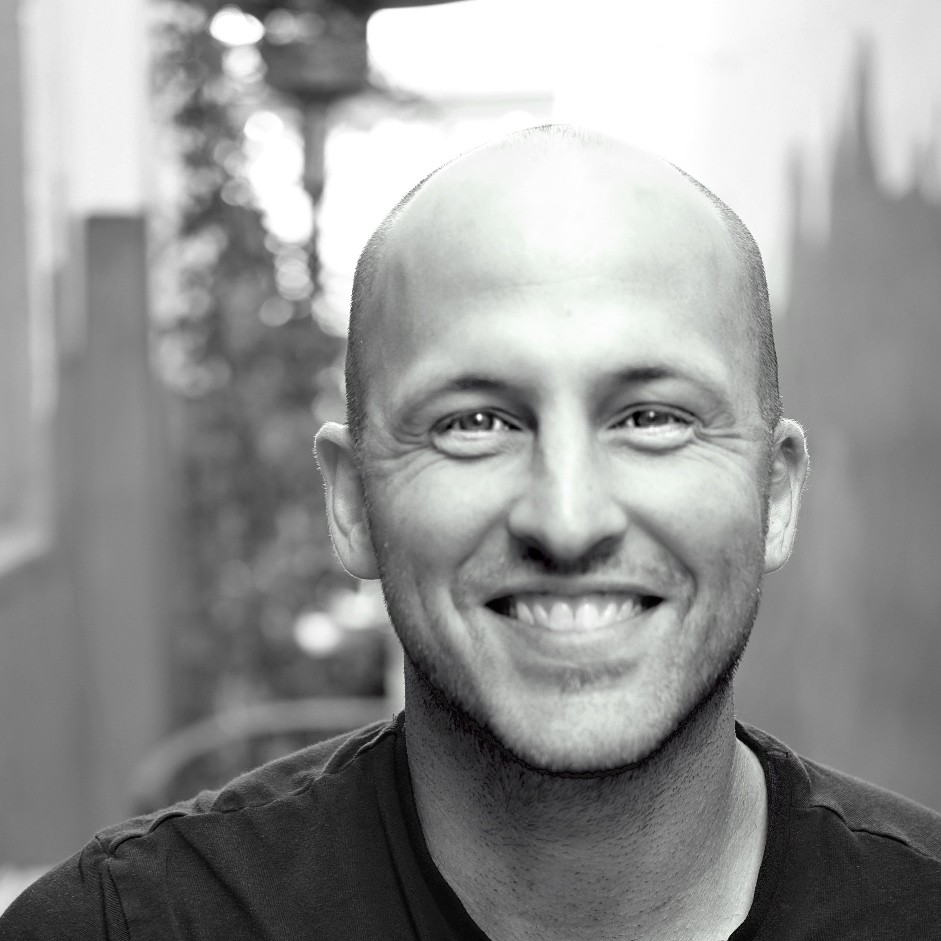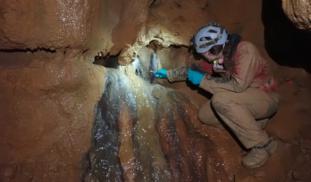Please wait...
About This Project
The Tongass National Forest in Alaska contains both damaged and undamaged caves. These caves are homes to a bacteria-rich mineraloid formation called moonmilk. Microbial communities play critical roles in maintaining ecosystem stability. This motivated our team of cavers and cave explorers to travel to remote field sites this summer to collect and analyze samples and attempt to answer the question: Does human-caused damage to cave formations change the moonmilk ecosystem?

Browse Other Projects on Experiment
Related Projects
Worms at Work: Scoping Natural Carbon Sequestration at Scale
For centuries, scientists noted earthworms' exploits as ecosystem engineers. Recent research shows the feasibility...
Whales as oceanographers: Developing multi-sensor tags for improved understanding and management of critical habitats
Limited oceanographic data prevent accurate prediction of whale foraging hotspots. To address this, we will...
Communities perception and monitoring of ocean acidification in the Douala-Edea national park (Cameroon)
This project will help us to evaluate the vulnerability of clam fishing to ocean acidification (OA) in the...





